Is there really any difference between balms, salves, & butters? With so many products on today’s market, these terms may seem convoluted and difficult to differentiate. Is there really a difference? The simple answer is…yes and no.
This post may contain affiliate links at no additional cost to you. By making your purchases through the links on this website, IMSL may make a small percentage at no direct cost to you. IMSL only promotes products we use & truly believe in. Please refer to my Privacy & Disclosures for further information. IMSL thanks you for your support!
When IMSL began making a lot of the personal care products used here on the hill in order to reduce our chemical exposures (be sure to check out the article “Hidden Chemical Exposures – Should You Be Concerned?” for a more in-depth look as to why) it became increasingly apparent that there indeed were differences between balms, salves, butters, and even ointments & liniments! Not only differences in the terms used but in the process of making them and the appropriate application as well.

There is discrepancy in the use of these terms even within the herbal community itself. Many herbalists use these terms interchangeably, while others distinguish & acknowledge the differences. What does it boil down to? In IMSL’s humble opinion, the differences lie in the consistency of the product & the aromatics.
WHAT ARE BUTTERS
Butters, normally made with a combination of carrier oils (sweet almond oil, jojoba, olive oil, etc.) aka, liquid fats, and butters (the term “butters” also referring to the actual butter product themselves: cocoa, mango, shea) aka, solid fats. Butters will often have a small amount of wax (beeswax, carnauba, etc.), making the consistency thicker and firmer than that of lotions. Butters usually contain no waters (aloe vera gel, etc.) making this an anhydrous formulation.
Butters are highly moisturizing, and although thicker and firmer than lotion, will melt on the skin. When applied, this rich product may leave a “greasy” or slightly oily feeling on the skin for a bit, but as stated, are highly moisturizing to the skin, thus making them ideal for those with dry skin.
Variations of butters include whipped butter and lotions. Whipped butter is just that, a butter preparation that is whipped into a fluffy consistency. Lotions are made with a base of prepared butter(s) as listed above with the addition of adding waters (hydrosols or herbal infused water, aloe vera gel/juice, etc.) and mixing into an emulsion (combining water & oil). Lotions being of loose consistency and thinner than creams as they contain a higher percentage of water than creams.
WHAT ARE BALMS
The official meaning of the word itself according to a quick Google search is:
BALM
/bä(l)m
noun
fragrant ointment or preparation used to heal or soothe the skin.
synonyms: ointment, lotion, cream, salve, liniment, embrocation, rub, gel, emollient, unguent
technical demulcent, humectant; archaic unction
It’s no wonder these terms are so confusing with so many synonyms! In the research to grasp and understand the differences between balms, salves, & butters, here is IMSL’s interpretation of what was discovered.
Balms are made for topical application and have a smooth & oily consistency. Balms normally contain medicinal properties and are thicker/harder than salves largely due to the higher wax ratio used in the making. Balms may often contain butters, but this is not always the case.
Typically, balms are made without the use of waters, making them an anhydrous formulation. They are also normally made using either herbal infused oils or non-infused oils. Balms can be made using essential oils, but that is not always the case.
The thicker consistency of balms allows a protective barrier to be established keeping moisture in more readily, lip balms being a great example. Balms make a great choice for protective issues as well as healing issues.
WHAT ARE SALVES
Salves, balms cousin, is the most closely related product to balms. Considered an unguent (a soft greasy or viscous substance used as an ointment or for lubrication), salves are an oil-based and anhydrous topical product. They most often are made using an herbal infused oil, wax, and often additional herbs & essential oils.
The wax ratio is typically lower than that of balms, making the consistency of this product softer than that of balms. This softer consistency allows it to be absorbed more readily into the skin, making this a great choice to support healing issues.
WHAT ARE OINTMENTS
Ointments, a softer & thinner product used mostly for healing issues, is typically made very similar to balms & salves only with less wax used, making it softer in texture, and with an added medicinal ingredient. Ointments are typically almost lotion in texture and are used for the treatment of specific medical issues.
WHAT ARE LINIMENTS
Liniments, or embrocation, used to topically relieve pain in both humans & animals, commonly used in the equestrian & farm worlds alike, are typically made using herbal infused solvents. These solvents, (ex. = witch hazel or rubbing alcohol) after being infused with herbs, are often added with essential oils and/or additional herbs to create a warm healing sensation on unbroken skin.
Balms, salves, or butters, the bottom line is knowing the ingredients & their intended use. No matter what you call them, every herbalist & product creator will have their own guidelines for which terms they utilize, knowing the basics will assist you when deciding which product you choose.
Although the grey areas remain, hopefully, this will help guide you in deciding on which products you make yourself or purchase. Are you aware of other factors not mentioned when trying to decipher the terms? Be sure to join the conversation below!
Love, Light, & Laughter ~


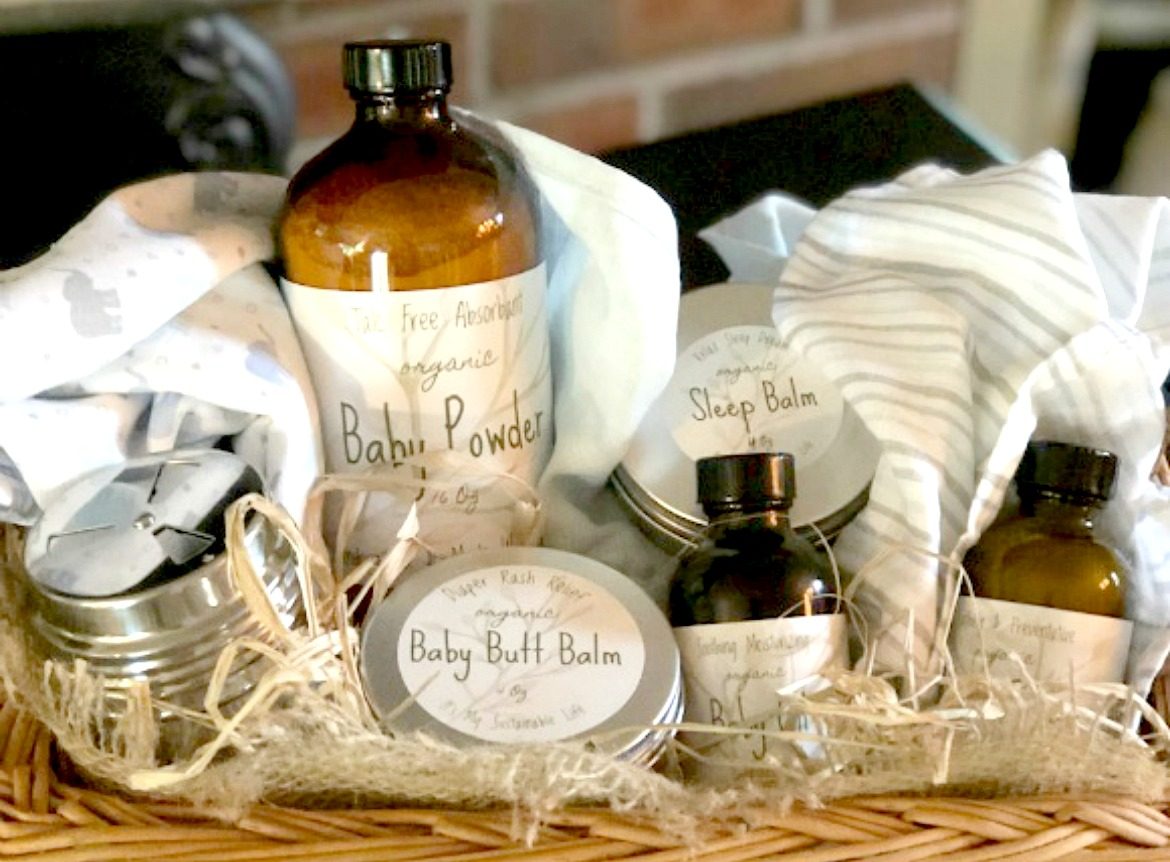
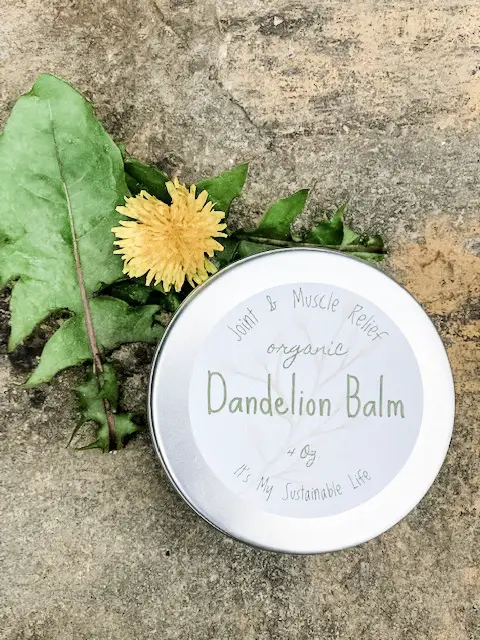
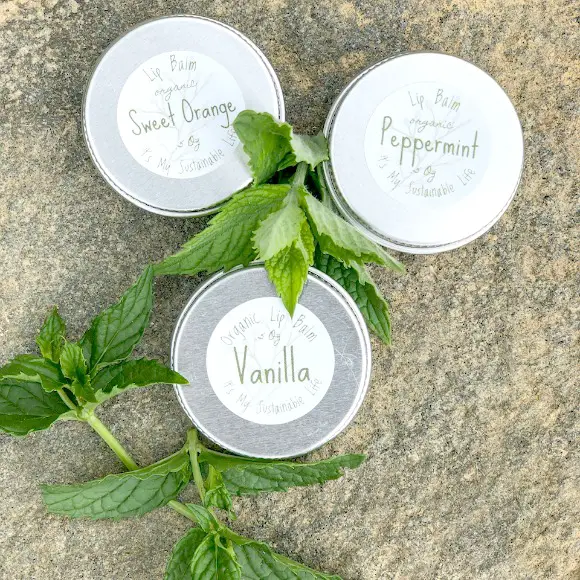

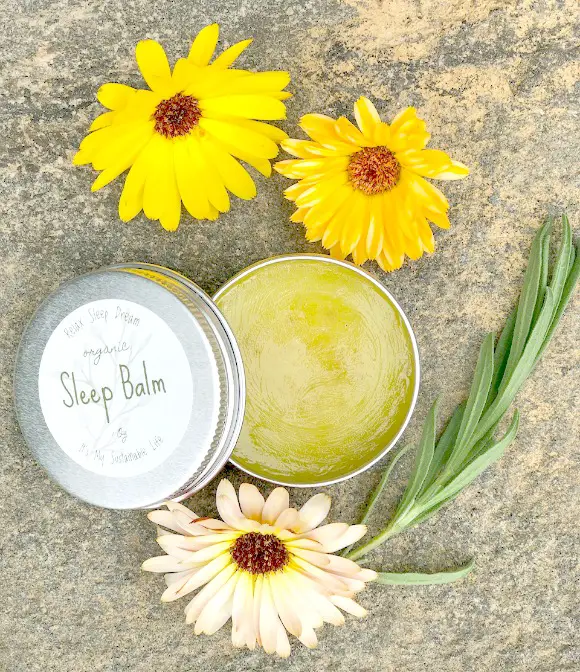
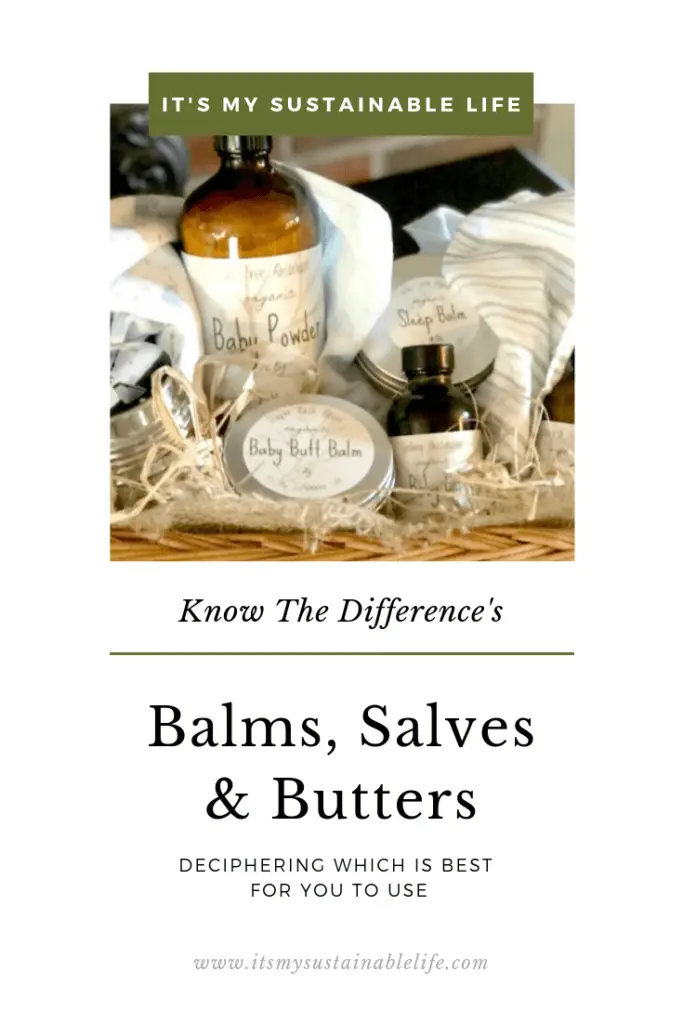
51 comments
Great information, Suzan! Thanks so much for sharing on Farm Fresh Tuesdays! I’m so happy to feature your wonderful post!
Thank you for sharing at #OverTheMoon. Pinned and shared. Have a lovely week. I hope to see you at next week’s party too!
Actually, I am part of some people. I did not realize the differences between some of these. Thank you for sharing such detailed explanations. I am going to pin this so that i can find it again later.
I’m glad you found it to be useful, Dawnmarie! Thank you for pinning & reading.
this is so helpful! I never thought too much about the difference between a salve and a balm, always thought they were the same.
Glad you found this helpful Alice. Thank you for stopping by!
Interesting post! I have tended to think of these as basically the same thing with different names. Now I know there are differences.
You’re a wealth of information & I constantly learn from you. Great to know the difference!👍🏼 And knowing the ingredients is very helpful. I use a lot of butter on a daily basis because the ingredients is natural.
I love the deep moisturizing benefits of butters as well. I’m so glad you are enjoying the content Jane. Thank you for reading.
Great explanation and lots of good details – pinned and shared!
Thank you, Carol!
Suzan I had no idea what the difference was until I read your post. Pinned!
Have a great day,
Kippi
Thank you so much, Kippi!
Thank you for the very informative information, I had actually always wondered why all the different names for what essentially seems like the same thing. Now I know and I will help me make purchasing decisions in the future!
You are most welcome Maria! Thank you for reading.
I only had a vague knowledge of the difference, but this really defined it for me. Thank you!!!
Glad this helped. Thanks for stopping by Tina!
Thank you for explaining the differences! You are so knowledgeable. 😊
Your sweet, Cindy. Thank you for stopping by!
Haha! I didn’t really know that there was a difference.
So I’ve used all of these but never really knew the difference! I feel so much smarter now. 😀
Great information! I didn’t really know the difference except my mom had me use a salve to draw out things like splinters. It’s interesting to know what ingredients go into these!
Thank you, Stacey! So glad you enjoyed it.
Very good information. My family is learning so much about natural treatments. Thanks for sharing such good information with us.
My pleasure, Sylvia! Thank you for reading.
I never really thought about them being different, just thought they were fancy names for the same kind of thing. Really interesting, thanks!
You’re welcome!
I have never even THOUGHT about the difference, but I can see now that perhaps, in some situations one has benefits over another. Hmmm, much to learn, I have.
Thanks for sharing so much information! I have super dry skin, so I think I always like salves and butters.
I had no idea of all the subtle differences. Thank you so much for pointing them out.
I love butters and balms, I learned a little bit more about oils and salves. Great information!
We did not know the difference. Thank you for sharing.
What a great explanation. I’ve always wondered and thought it would be so neat to make my own!
Give them a try, Ramae! Thank you for stopping by.
I will be honest, thought it was all the same. Like synonyms for one another. Thank you for the insight.
Thank you for explaining the difference between them all! It can be very confusing out there but this clears things up!
Very interesting and informative post! Thank you for sharing!
This is fascinating. I tend to call everything lotion but I won’t anymore!
I never knew the differences between these. Thanks for explaining it so thoroughly!
Very Interesting! I really didn’t know the difference between them before reading this post. Thank you for sharing!
I honestly thought that salve and balm were synonymous. Good to know the differences!
How interesting! I’ve learnt so much reading this!
Thank you for stopping by, Veronica!
I never knew a lot of this and to be honest hadn’t really wondered about this – very interesting and glad I came across your post!!!
Glad you found this interesting! Thank you for stopping by and reading.
Interesting…I didn’t really know the difference. I make a salve and a balm, but don’t think I could have explained the difference so eloquently! Thanks for the education!
My pleasure, Jenn. Glad you enjoyed it & thank you for stopping by!
Thank you for all of the detail you brought to this post – it was a learning experience! I appreciate all of the information, and I’ll be watching your new product line as it develops.
Thank you, Lori!!
Such valuable and wonderful information and I learned so much. Thank you so much for sharing with us and I hope you’re having a wonderful week.
Thank you, Chas, for stopping by & your kind words!